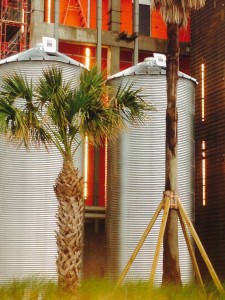 Both commercial and residential rainwater collection customers are expressing more interest than ever before, which is a large part of the reason that RainBank Rainwater Systems has seen a 50% bump in growth over the last year.
Both commercial and residential rainwater collection customers are expressing more interest than ever before, which is a large part of the reason that RainBank Rainwater Systems has seen a 50% bump in growth over the last year.
Architectural and engineering firms are including rainwater collection systems in their designs. Cities, and counties throughout the state are beginning to understand the connection between stormwater management and rainwater collection.
Developers are saving money on large water bills with rainwater collection, while complying with he “Green Storm water Infrastructure” (GSI). Green building and low impact development are becoming more popular with the general public. Residential customers, new construction and retrofits are recognizing the long-term cost savings, water quality, and security of a more decentralized water system. As a whole, the public is becoming more environmentally aware of our environmental impact and are finding ways to make that impact positive.
County and City planners, building departments, and health departments need to have the tools to make proper choices of acceptance, promotion, code and permitting of rainwater collection systems. RainBank’s president, Ken Blair is the American Rainwater Catchment Systems Association’s (ARCSA) Northwest regional representative and can schedule an ARCSA workshop for those civil departments, engineering and architectural firms this summer in Seattle. Interested parties please contact Ken using the contact form, or directly at Ken at RainBank dot info.

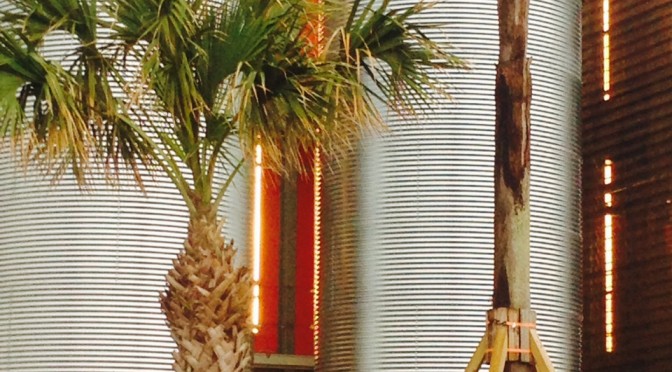
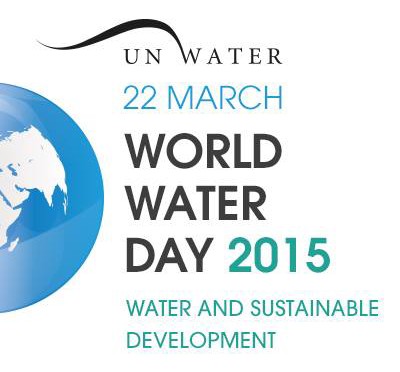
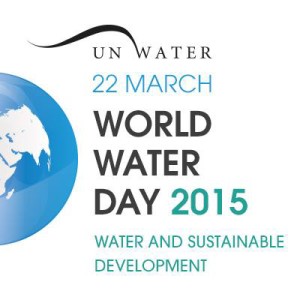 On
On 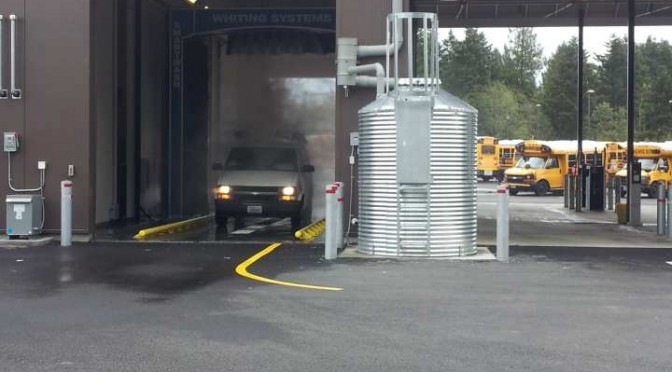
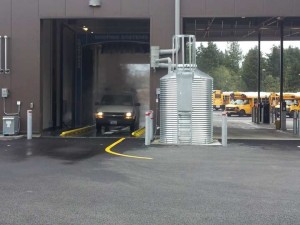 The most common use of rainwater collection is for non potable use. Irrigation, water features, wash down, toilet, and laundry are all non potable uses that can have a positive effect on water conservation. A properly designed and installed rainwater collection system will provide enough water to support these desired uses with less impact on our water supply.
The most common use of rainwater collection is for non potable use. Irrigation, water features, wash down, toilet, and laundry are all non potable uses that can have a positive effect on water conservation. A properly designed and installed rainwater collection system will provide enough water to support these desired uses with less impact on our water supply.